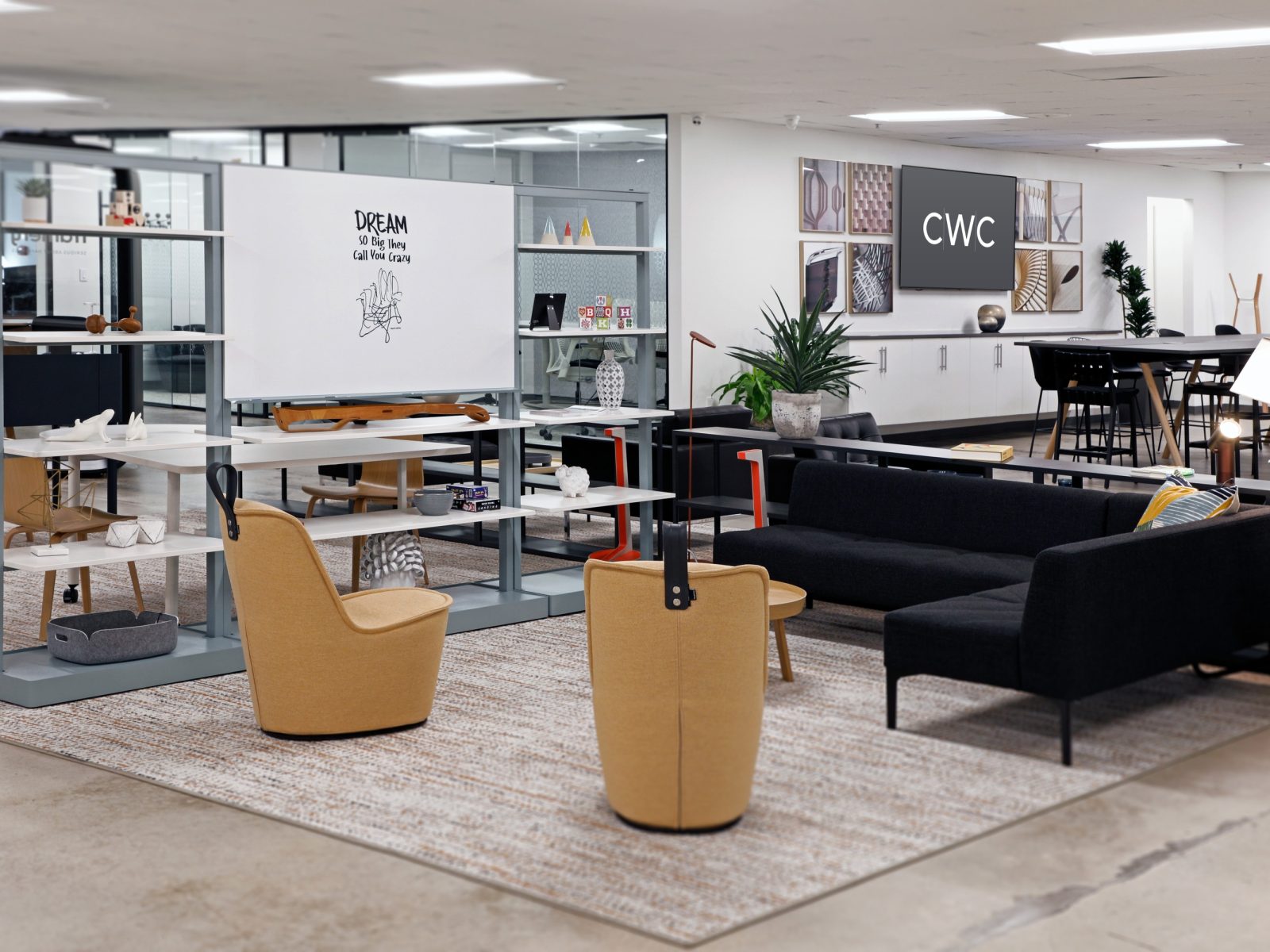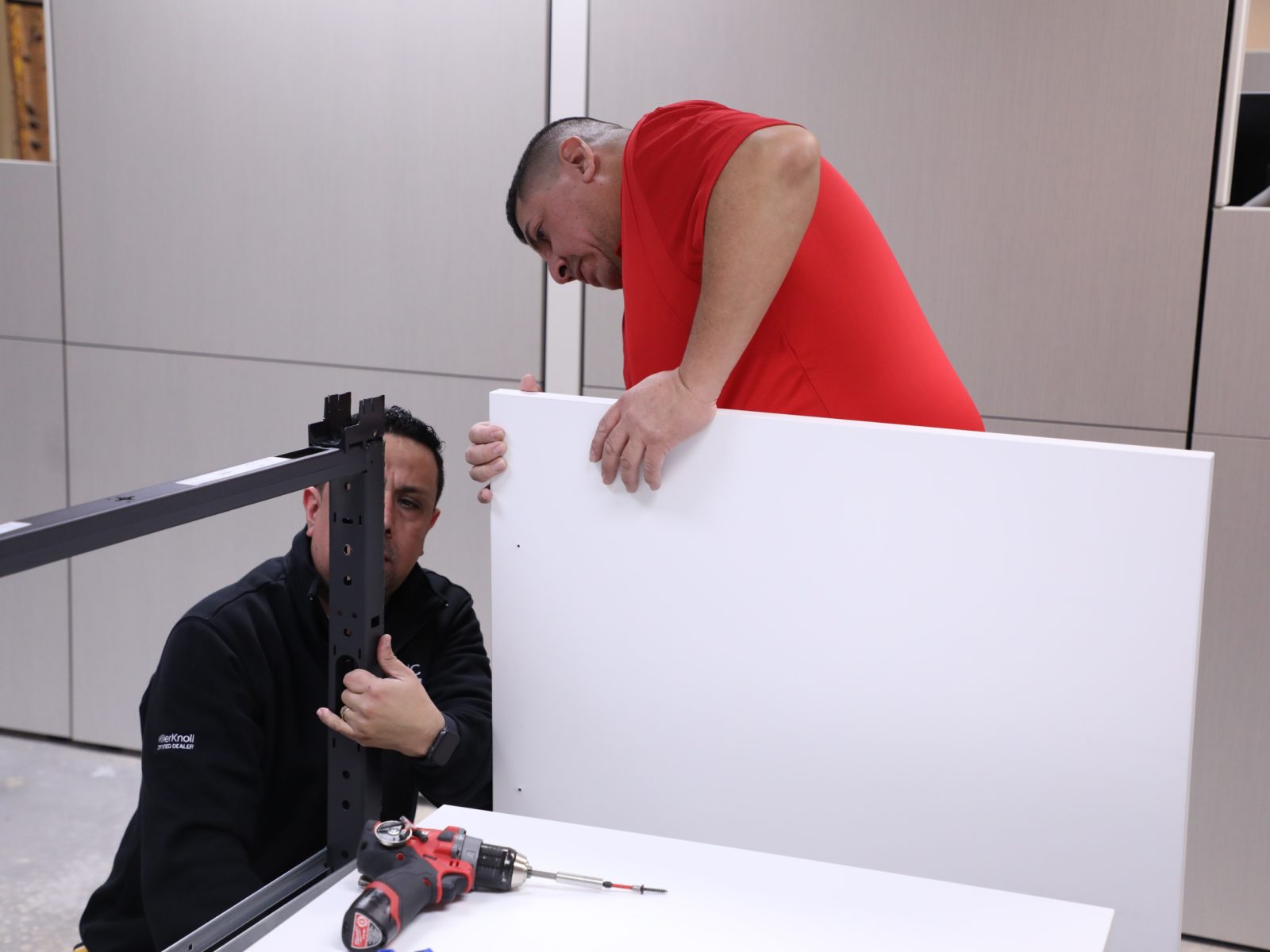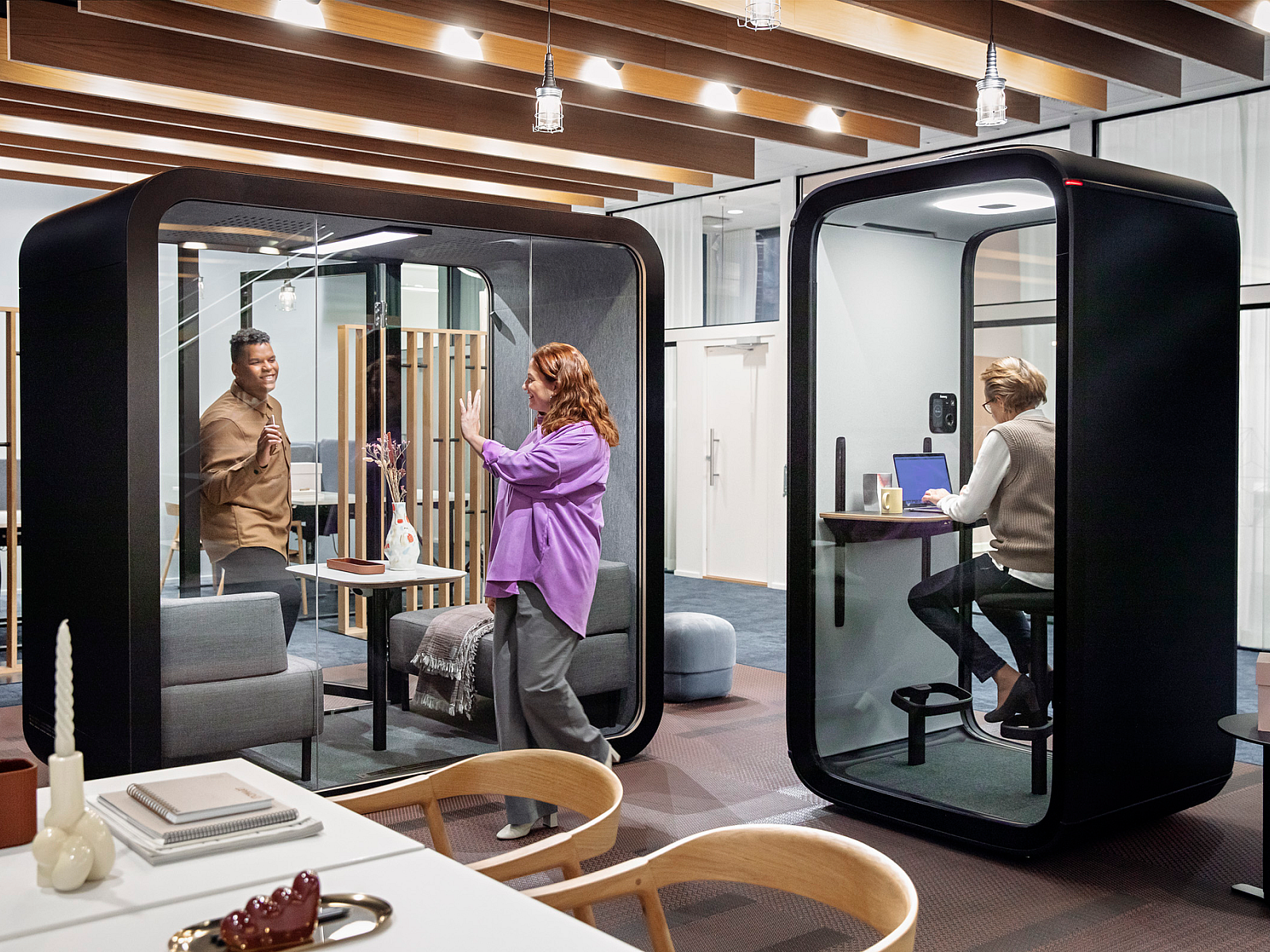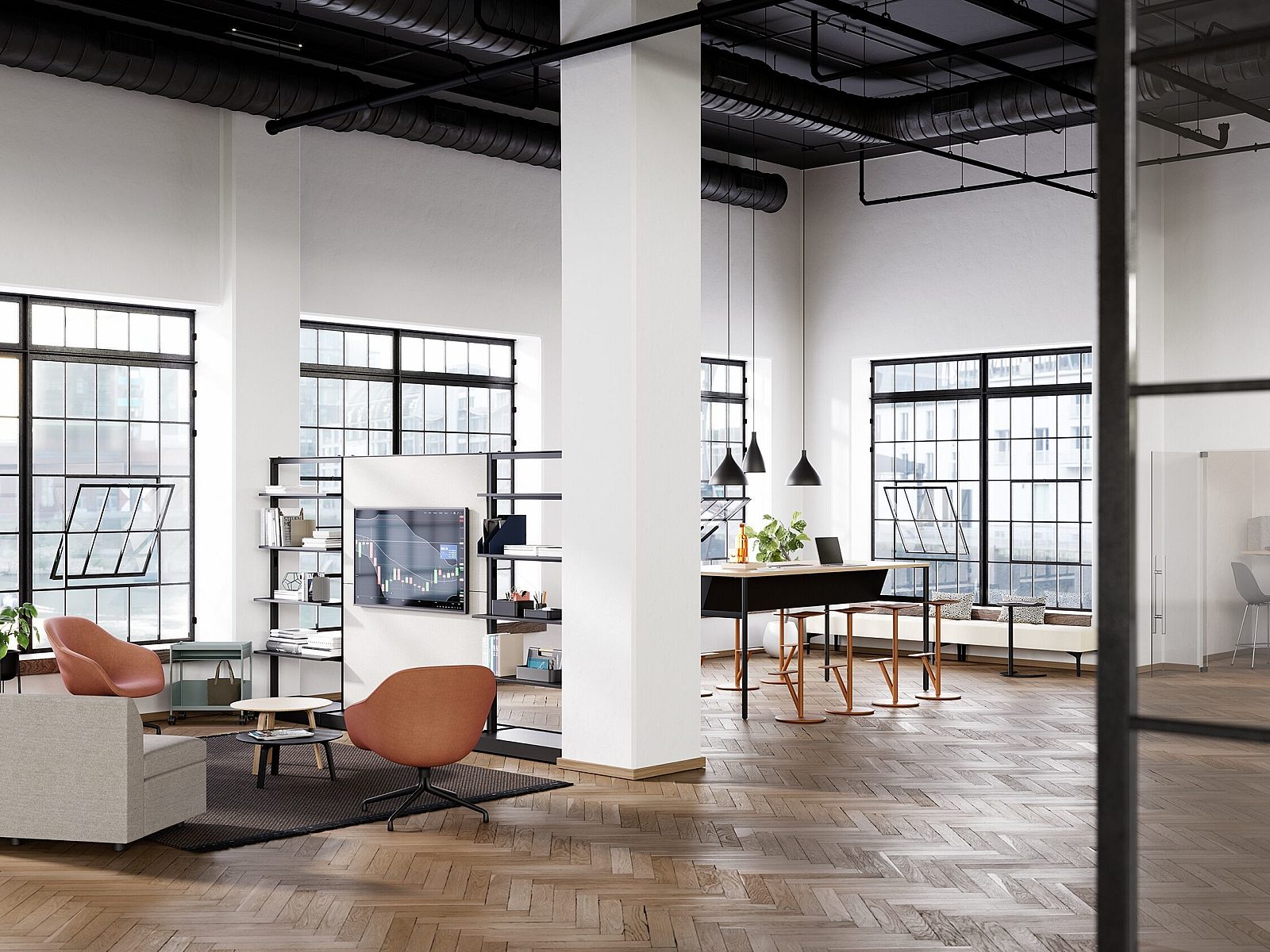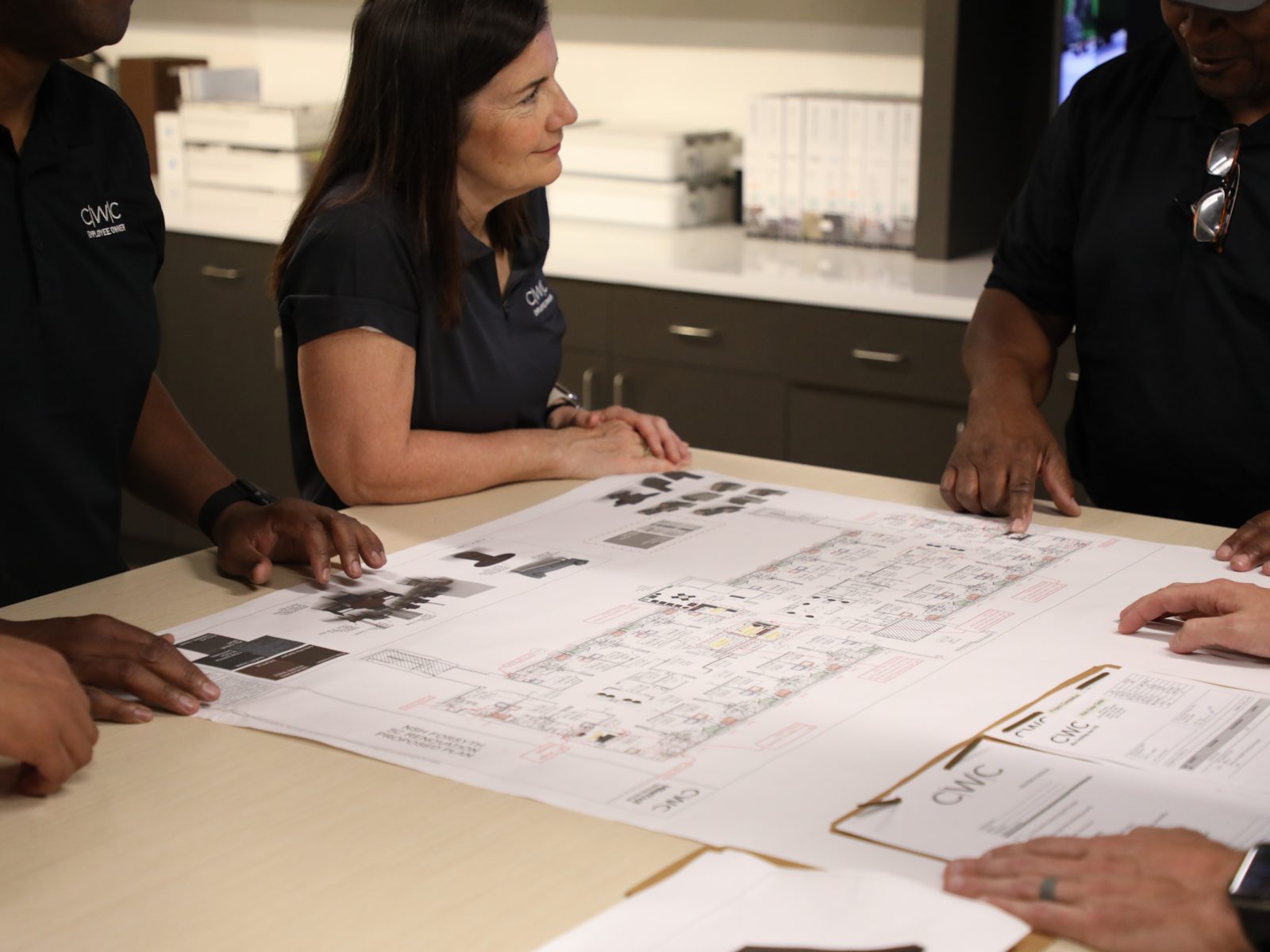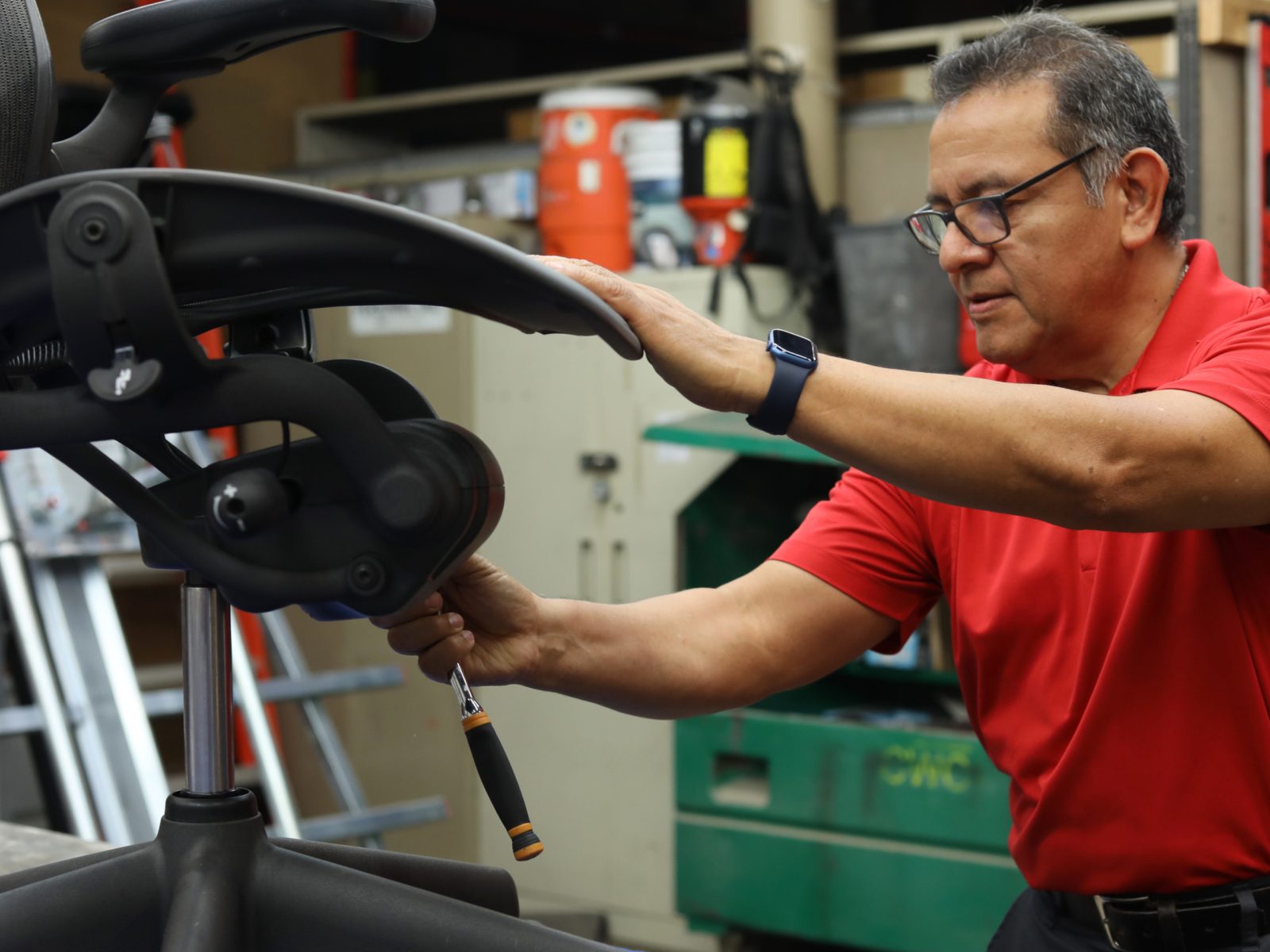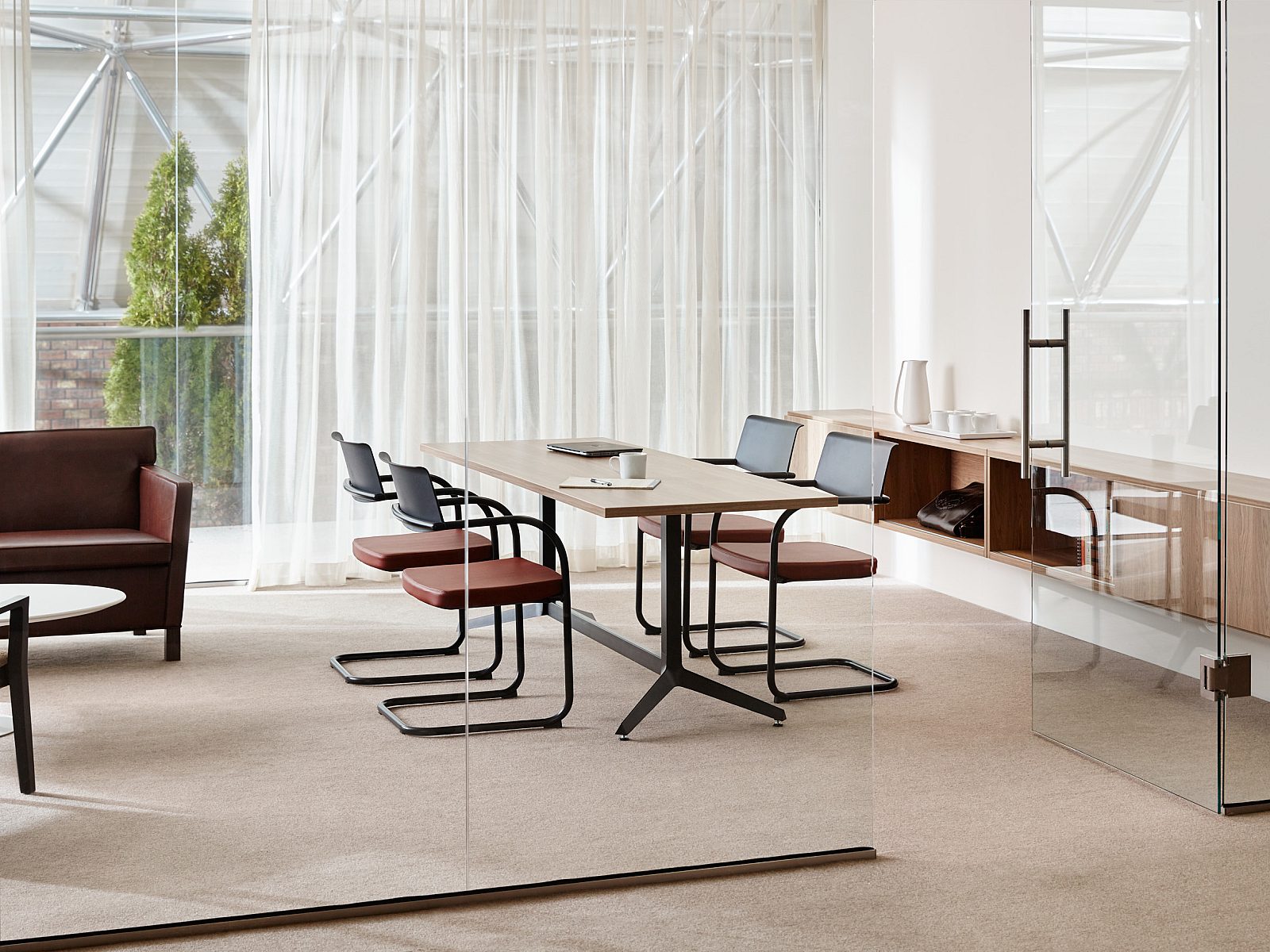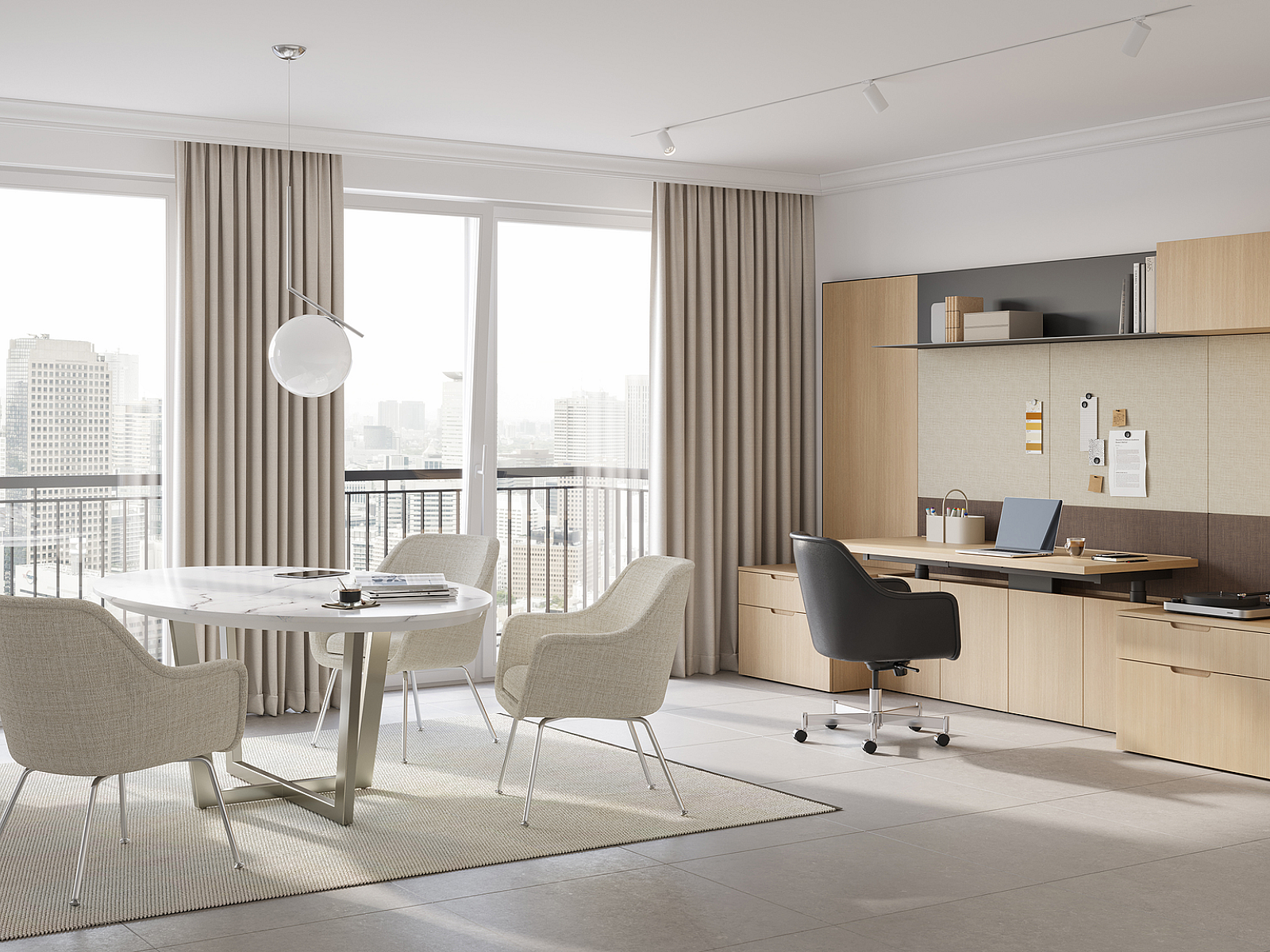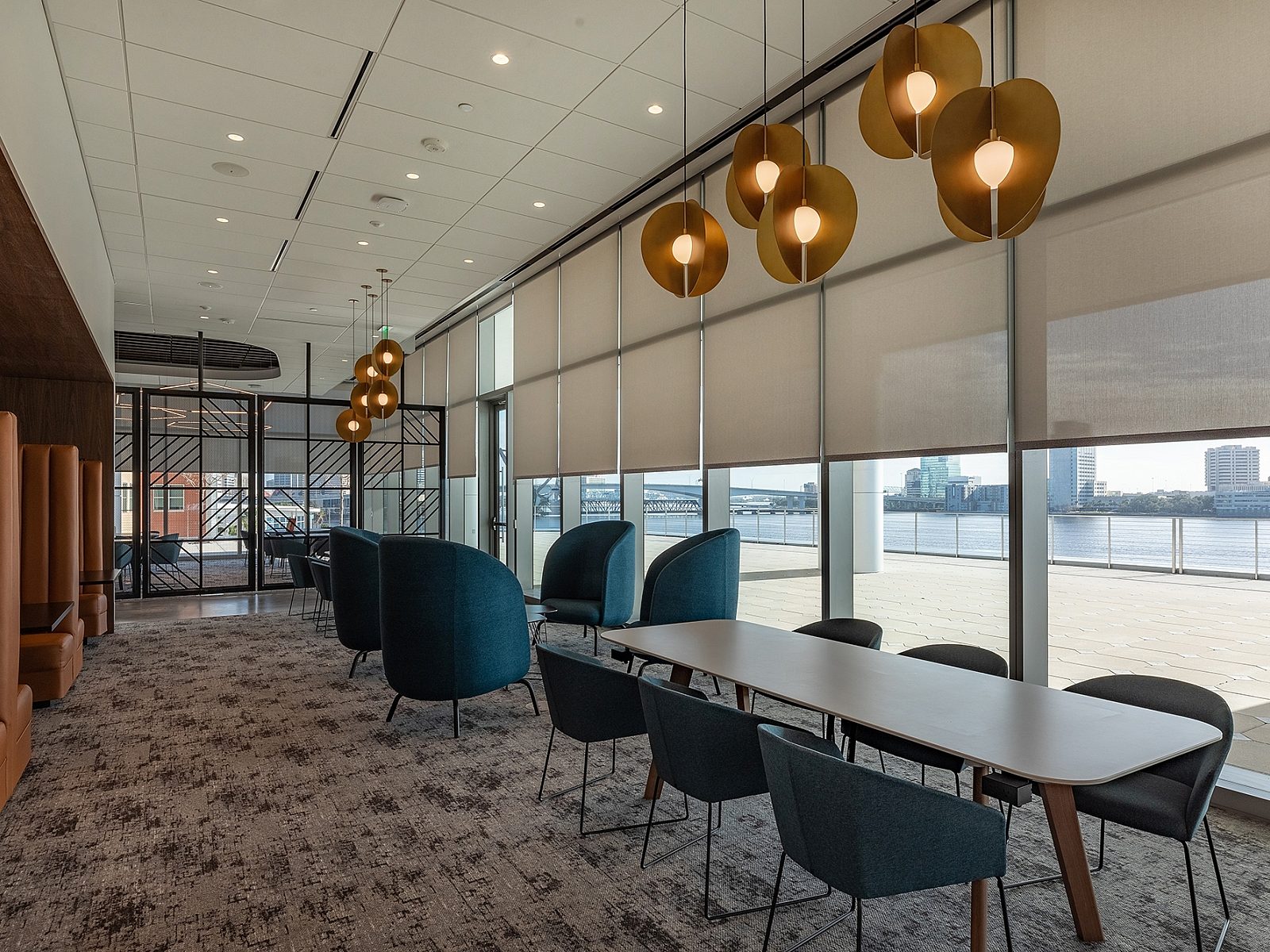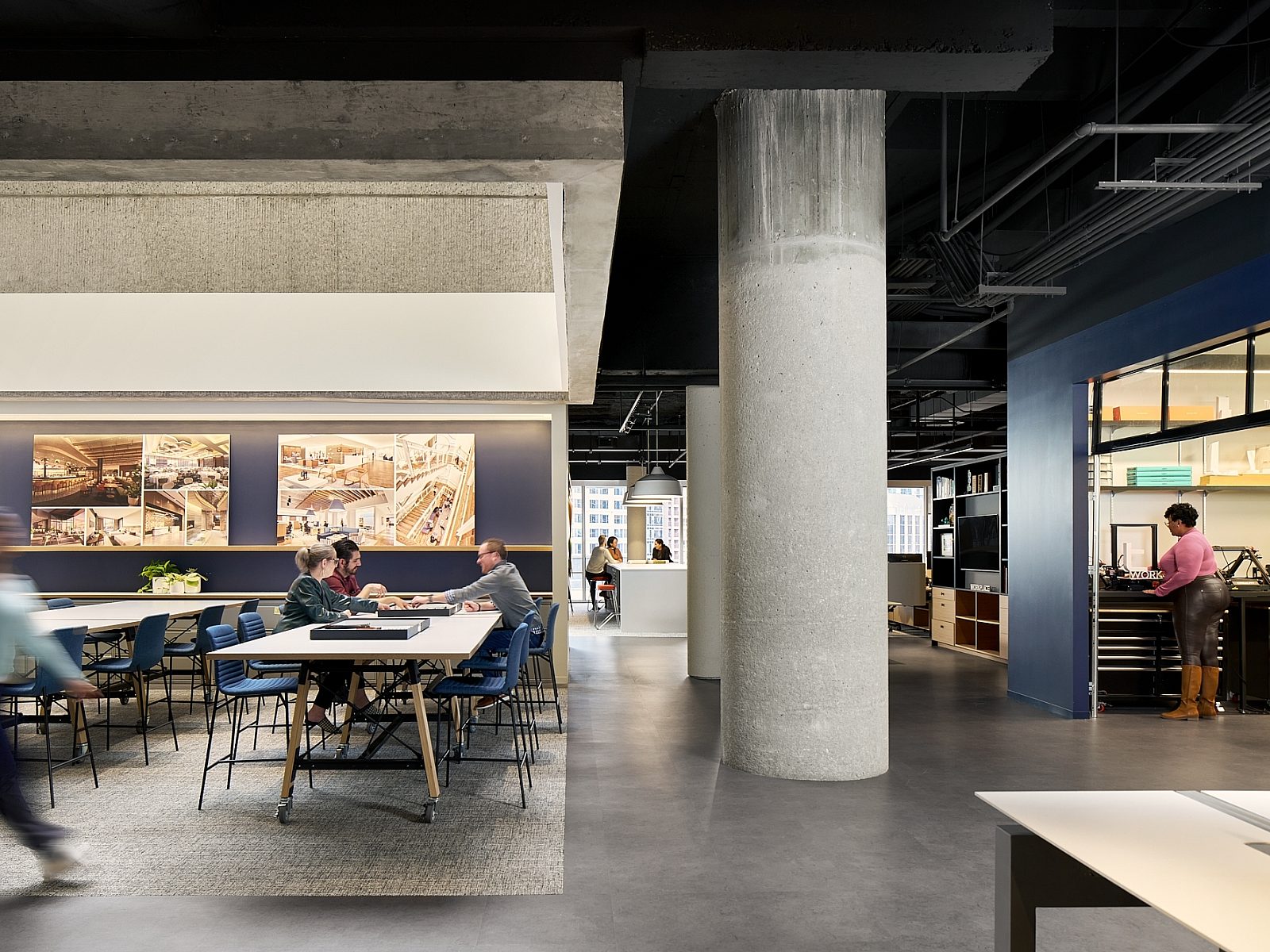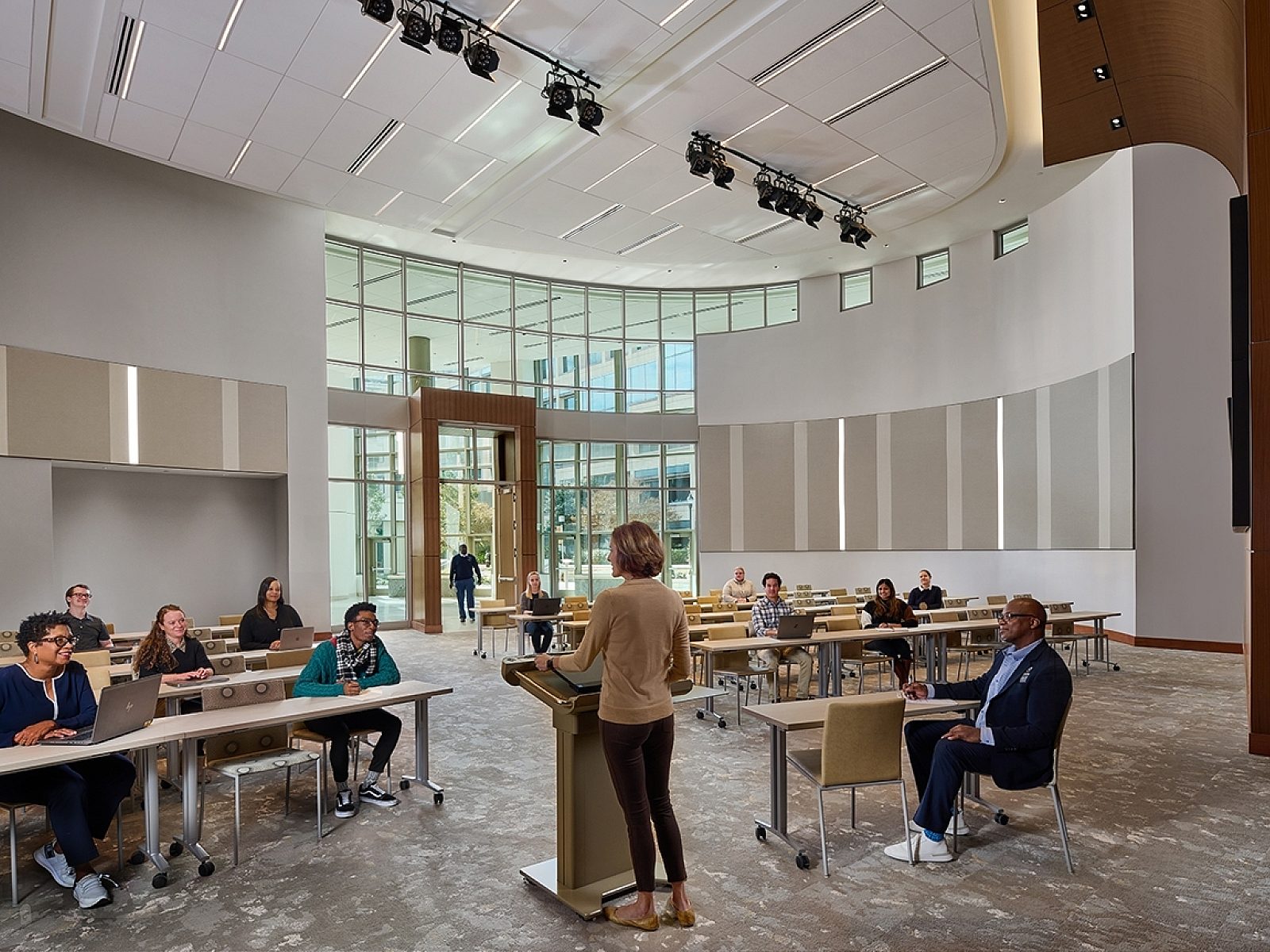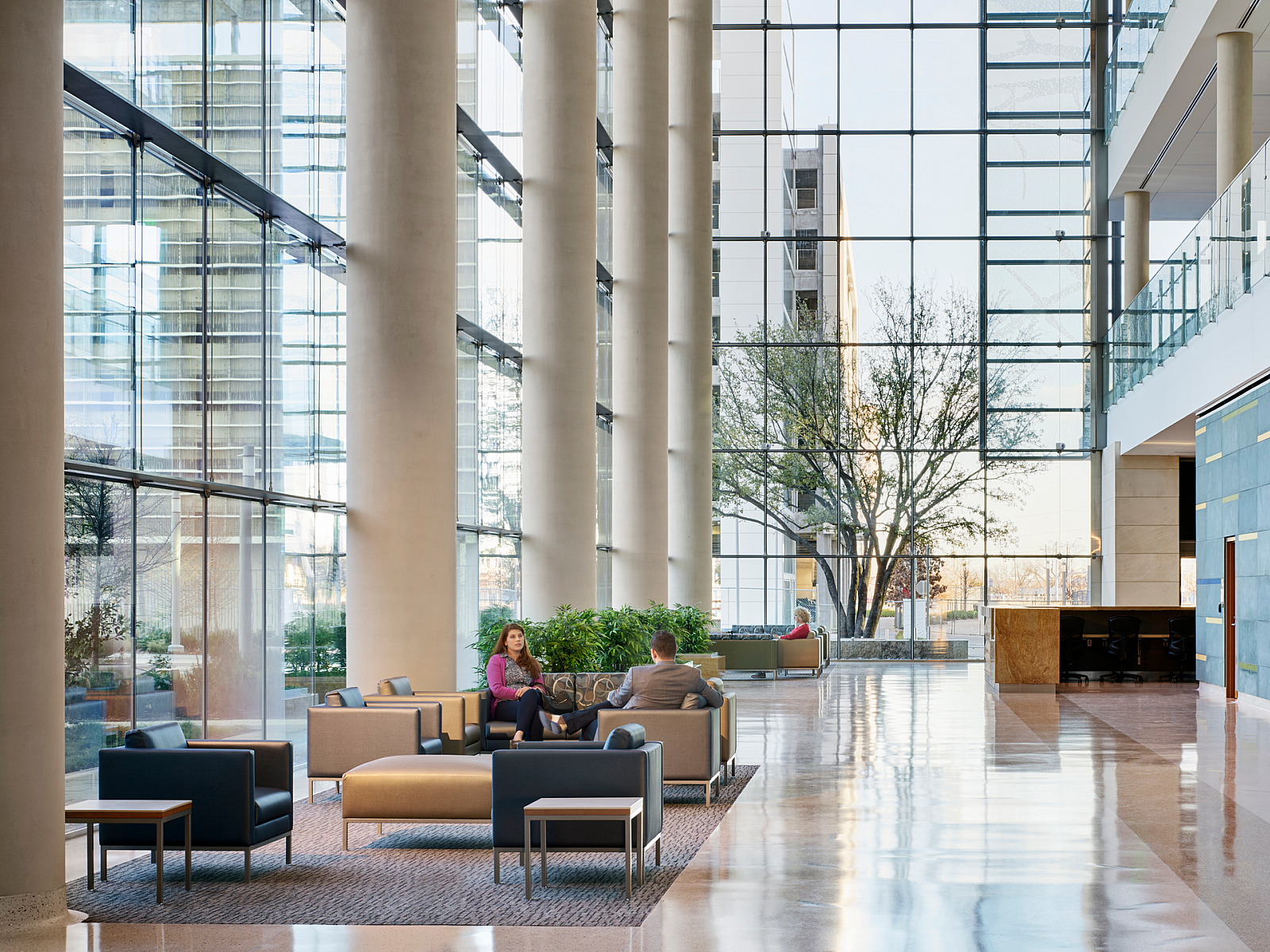From Cubicles to Flexible Workspaces
The Evolution of Office Furniture encompasses a transition from traditional cubicles to versatile and adaptable workspaces.

Adapting Spaces Overtime
The evolution of office furniture over the past few decades has mirrored the profound shifts in workplace culture and dynamics. Gone are the days of rigid cubicles and static desks. Today, the trend is towards creating flexible workspaces that adapt to the diverse needs and preferences of modern employees. This evolution reflects a deeper understanding of how workspace design can impact productivity, collaboration, and employee well-being.
One of the key drivers behind the shift towards flexible workspaces is the recognition that different tasks require different environments. From focused individual work to collaborative brainstorming sessions, today's employees engage in a wide range of activities throughout their workday. Flexible furniture solutions, such as modular desks, adjustable seating, and movable partitions, allow for easy customization of the workspace to suit specific tasks and preferences.
Moreover, the rise of remote work and the increasing emphasis on employee autonomy have further propelled the demand for flexible office furniture. As more employees choose to work from home or embrace hybrid work models, office spaces are being reimagined as hubs for collaboration, creativity, and social interaction. Flexible furniture enables organizations to create welcoming environments that foster connection and innovation, regardless of where employees are located


In essence, the evolution of office furniture from cubicles to flexible workspaces reflects a broader shift towards human-centric design and a recognition of the importance of empowering employees to work in ways that best suit their needs. As we continue to embrace new technologies and ways of working, the office of the future will likely be characterized by even greater flexibility and adaptability, with furniture playing a central role in shaping the modern workplace experience.


